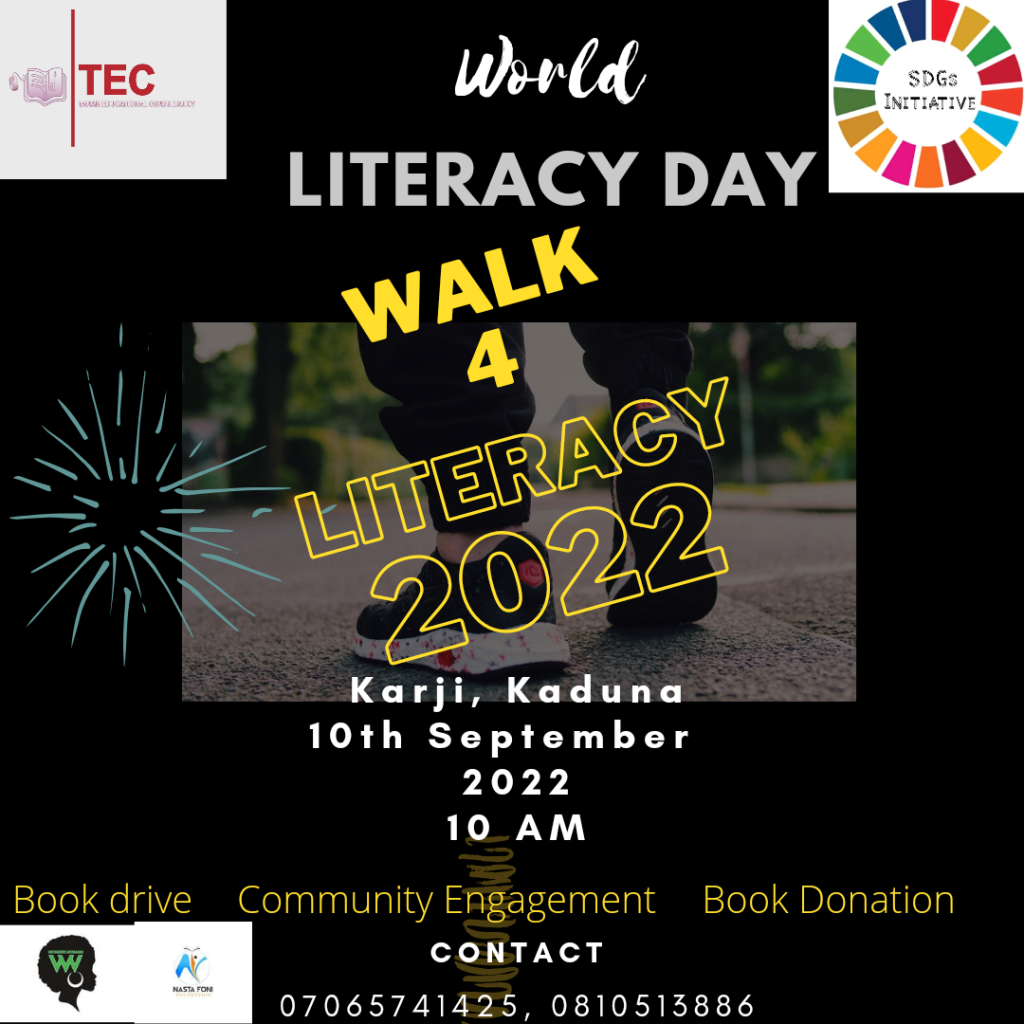
Subscribe to continue reading
Subscribe to get access to the rest of this post and other subscriber-only content.

Subscribe to get access to the rest of this post and other subscriber-only content.

Education reforms in Nigeria are of paramount importance. The country is undergoing a period of rapid change and the need for individuals to be educated is greater than ever before. But in order to make education more accessible, the reforms must be directed towards providing a better quality of education.
Quality education can be defined as education fit for purpose. An education that is functional and productive.
In order to ensure that all Nigerians have access to quality education, there needs to be a significant improvement in infrastructure. This would mean building new schools in places where there are currently none, as well as improving existing schools so that they function more effectively. It also means providing teachers with the materials needed for their classes so that they can teach properly and engage students fully in learning activities.
Furthermore, there needs to be an increase in funding for educational institutions from both the government and private sector so that they can improve their facilities while providing better services at an affordable price point for families across the country.
Lastly, parents must become involved with their children’s education because most Nigerian parents do not have much knowledge about how schools operate or what students need during their time away from home on weekends or holidays. Education reforms must take into account these facts so that parents will understand what they should expect from their children’s schoolwork daily.
Namse Udosen
Kaduna, 2023
By Namse Peter Udosen
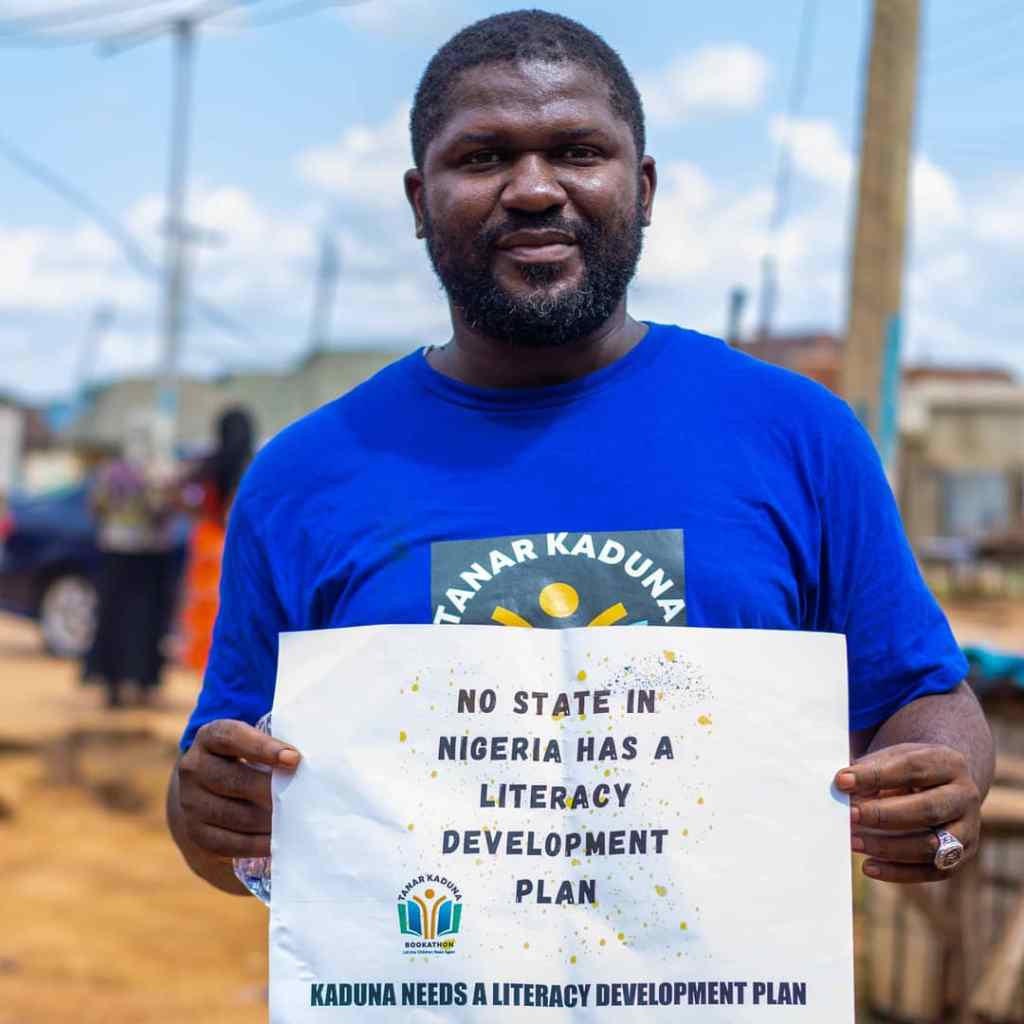
UNESCO has declared the theme for this year’s International literacy day. It is interesting to explore the dimensions of the transformation possible within our schools and other places where children learn. Let’s talk for a walk, examining the different existing literacy learning spaces (classroom, family, workplace, communities, online) and their various interconnections to facilitate learning pathways and build resilience.
The home is the first learning space for any child. Children pick up pieces of vocabulary from everyday conversations. They observe the reading habits of parents and those in the household. Their innate curiosity is built from the environment provided at home. The home is the foundation of literacy development. The school builds on the foundation laid from home. The classroom is a remedial space. It builds on a foundation laid with different types of blocks. While individual homes are usually homogeneous in orientation, the classroom is a bed of diversity. The home, classroom and community are a network of learning spaces that need transformation for literacy development in a modern age.
In the past, literacy centres were developed based on theory rather than research. Literacy and language arts learning spaces were often designed without consideration for how students learn best. Teachers created their versions, and many schools built these places from scratch. Today, however, we have access to a wealth of literature that proves effective ways to build learning environments for children. Research shows that visual information processing is highly conducive to learning while auditory processing is not. Students who have access to visuals benefit from this type of learning environment.
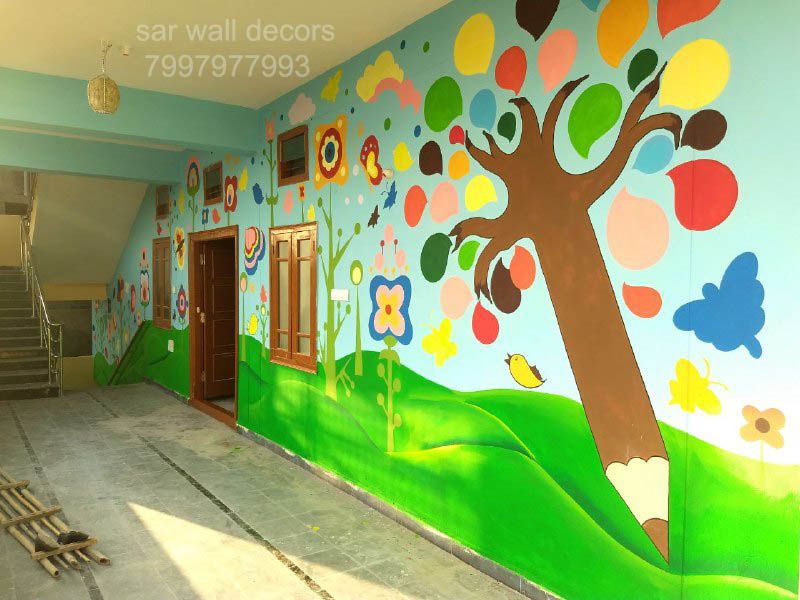
Why Transform?
Children with disabilities and low-income families have fewer opportunities to participate in educational programs. Schools are beginning to incorporate inclusive practices that make sure everyone’s voice is heard. The first step in transforming literacy learning spaces is taking inventory of what already exists. What are some of the components of your current space? Do they promote learning? Is there ample access to technology? Are students engaged in meaningful tasks? If not, why not? There may be many reasons; maybe the room is small, maybe the teachers aren’t trained to use the space effectively, or perhaps the school doesn’t have enough money to fund additional programs or equipment. Whatever the case may be, we need to start looking at our existing spaces and begin making changes to improve them. Parents, teachers and community members need to think creatively, engage critically and mobilize to take advantage of the little spaces available. Books, posters, art and other resources should be strategically available to stimulate learning in children.
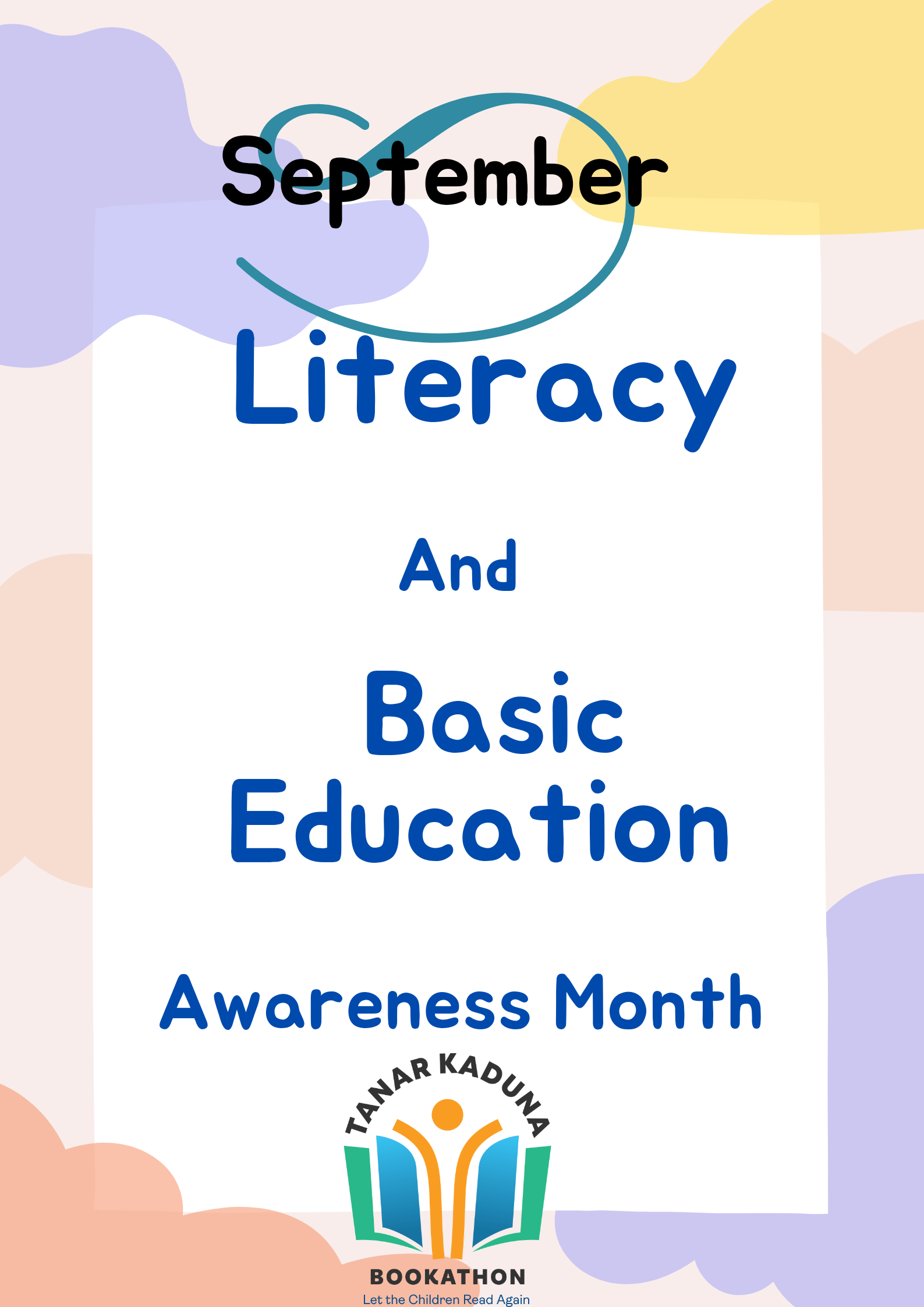
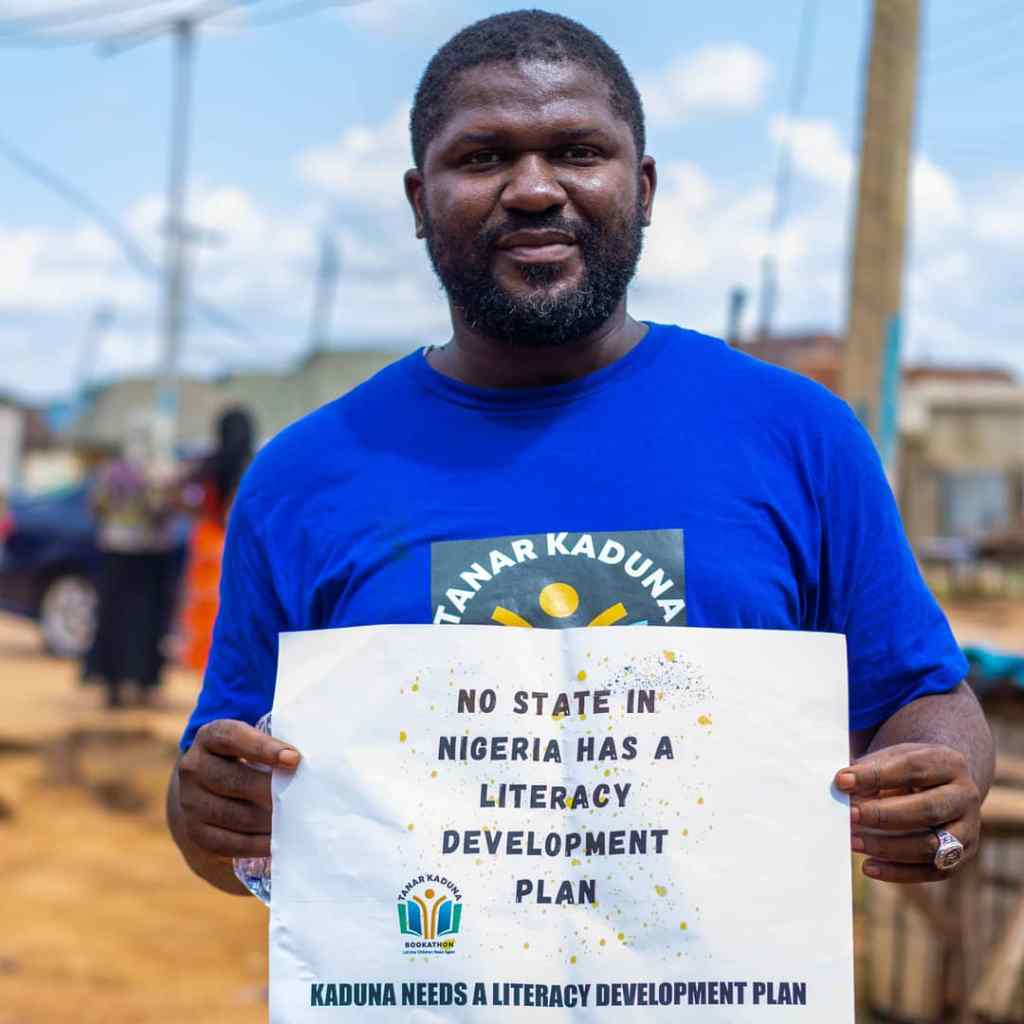
Who Needs Help?
The second step in transformational change is identifying who needs help. After doing an initial survey of the space, look around and find out where the greatest need is. Maybe the kids who struggle in math don’t have a place to do their homework. Perhaps the kids who love reading are isolated in the library. Maybe the kids who enjoy art are kept in a tiny classroom. By identifying these places of need in your building, you can begin to make changes and implement solutions to address those specific problems.
How Can I Make Changes?
As a teacher, you can make changes by reorganizing your classroom. Make provision for a class library that encourages children to read in their free time. Use posters that show basic sight words, science and other vocabulary development words. Be open to improvisation. Pupils and students can also be part of the process.
Parents should also create reading spaces and encourage the use of digital resources at home. Reading spaces should be free from distractions. It could be outdoors for people living in small houses. It could a converted and flexible space. For example, the parlour could becoming a reading space during certain times of the day.
Community spaces like churches, mosques, town halls etc could also be used as literacy learning spaces.
Now that you understand the basic steps involved in transforming literacy learning spaces, it’s time to figure out exactly who will be doing what. Take stock of how much experience each person in your team has.
What Tools are Needed?
As you think about your plan, you should also be thinking about what tools you might need to pull off the transformation successfully. Depending on the type of space you’re trying to transform, you may digital or physical tools. Digital tools include laptops, apps, phones and software. There is a lot of fear about online security but gladly there are it’s of tools available offline for literacy development. Examples include Jolly Phonics, African Story Teller, Book Dash.
The transformation of physical spaces include making bookshelves available, colourful classrooms, classrooms with murals, wall charts at home or in school.
Schools Districts and Communities need to develop clear policies around literacy and language arts learning spaces. As a parent, you can advocate on behalf of your child by asking questions about what is being done in school. You can also work with teachers and administrators to create a space where all learners feel valued.
We know that learning spaces matter. We know that they should be accessible. But we don’t always understand the best way to design them.
So let’s talk about it!
